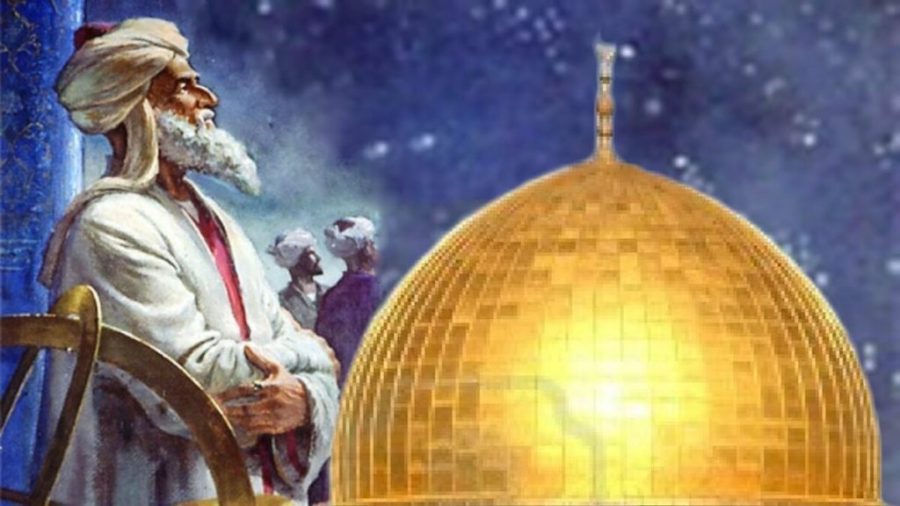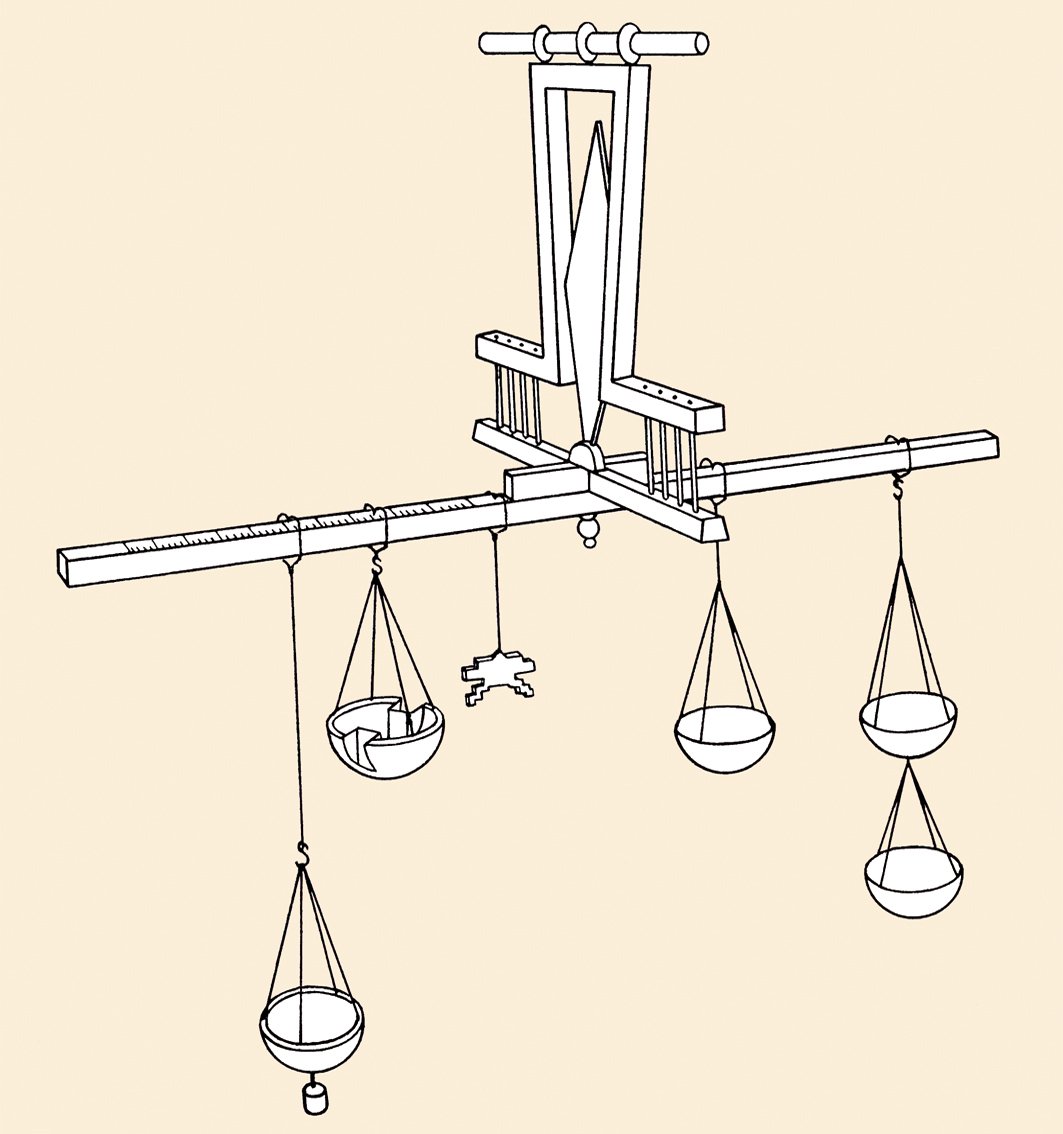
Abd ar-Rahman al-Khazini – an eminent physicist and ascetic from Merv
Abd al-Rahman al-Hazini, who was a Byzantine Greek by birth, became famous as an astronomer, mechanic, mathematician, philosopher and alchemist, writes Sadettin Okten for İslam Ansiklopedisi.
There is no special information about the life of Abu al-Fatah Abd ar-Rahman Mansur al-Khazini, who is sometimes confused in sources with Ibn Haytham, Abu Jafar al-Khazini and Abu al-Fadl Khazini. It is known that he was a Byzantine slave of Abu Hussein Ali ibn Muhammad al-Khazin al-Marwazi. Its owner held the post of treasurer (khazin) in the palace in Merv , therefore the scientist became known under the name Khazini. Thanks to the capabilities that Abu Hussein al-Marwazi possessed, Hazini received the best education in that era, especially mathematics and philosophy.
He carried out his research with the support of Sanjar (1118-1157) in Merv, which at that time became the center of science and culture. Abdurrahman al-Khazini prepared for the sultan the famous zij (astronomical tables), which for a long time was considered the most reliable of such works, and for weighing the treasures stored in the treasury he made a hydrostatic balance, which he called “mizan al-hikma” (“scales of wisdom”). This instrument was an equal-arm balance scale with five bowls and a movable weight, with which you can weigh various weights in the air and in the water. It allowed you to find out if the metals and stones were clean, as well as calculate the ratio of metals in alloys consisting of two elements. This scale was far superior to other similar instruments previously created in terms of accuracy.

Drawing of hydrostatic scales created by Abdurrahman al-Hazini / Source: islamansiklopedisi.org.tr
Abdurrahman al-Hazini was also a religious person who followed the path of asceticism. He dressed like a dervish, ate very little, and lived alone in his house. They say that he did not accept the awards given to him and once sent back a thousand dinars sent by Sultan Sanjar , stating that he had ten dinars, and this money would be enough for him for three years. Among his students, only the name of Hasan al-Samarkandi is known. Hazini’s work has not yet been fully studied.
Apart from the zijj mentioned, al-Hazini’s most outstanding work is The Book of the Scales of Wisdom, which is one of the most significant works on mechanics, hydrostatics and physics in the Middle Ages. It was written in 1121 in connection with the creation of the scales of the same name. This work consists of 8 books. The first book contains the geometric and physical principles of the operation of hydrostatic scales, the second – general information about the scales, the third discusses methods for finding the specific gravity of metals, precious stones and other objects, in the fourth – the opinions of Archimedes, Menelaus, Abu Bakr ar-Raziand Khayyam on the listed issues. Books five and six cover the parts, assembly, and use of the scale; Books seven and eight cover changes to hydrostatic scales, information on other types of scales, and also includes many tables and charts. Although the “Book of Scales of Wisdom” became a desktop for manufacturers of scales, traders and supervisors, it never gained widespread acceptance, since the corresponding branch of knowledge did not receive further development at that time.
Al-Khazini also wrote a small Treatise on Instruments (Risala fi al-alat), which describes astronomical instruments.

Al-Hazini’s Book of Scales of Wisdom / Source: researchgate.net
Islamosphere

